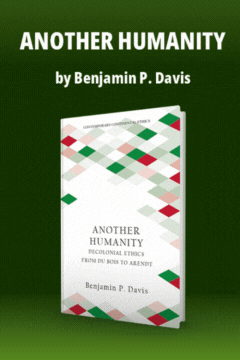The Person Alone
The Person Alone
In Edward Albee’s two-character play, The Zoo Story, the publisher asks the young man who accosts him in Central Park if he lives in the Village. The boy, who eventually forces the publisher to kill him in a desperate attempt to experience some human contact, replies that he lives in a rooming house on the Upper West Side. He describes the dreariness of his home and tells how he tried first to make a friend of the janitor’s mangey dog, and when that didn’t succeed, at least an enemy. Anything, anything, is his mute cry, just to be among the living. For Albee it is a shabby West Side rooming house; for Saul Bellow, in his somber Seize the Day, it is a run-down West Side hotel.
The West Side is not only the familiar sandwich with a hard crust on the Park and River sides of semifashionable large apartment houses, the homes of the wealthy Jewish middle-class of an older generation, and the soft in-between of slum avenues and side streets crowded with Irish and newly arrived Puerto Ricans. It is also a subtle composite including residents of no particular ethnic or economic group. The most notable recent change during the last decade has been the invasion of the neighborhood by actors, TV people and young couples who can no longer afford the Village (witness the tremendous success of the Reform Democrats here). But what is least apparent is that all along the West Side—from the fifties up to Morningside Heights, which is the home of students and prof...
Subscribe now to read the full article
Online OnlyFor just $19.95 a year, get access to new issues and decades' worth of archives on our site.
|
Print + OnlineFor $35 a year, get new issues delivered to your door and access to our full online archives.
|






